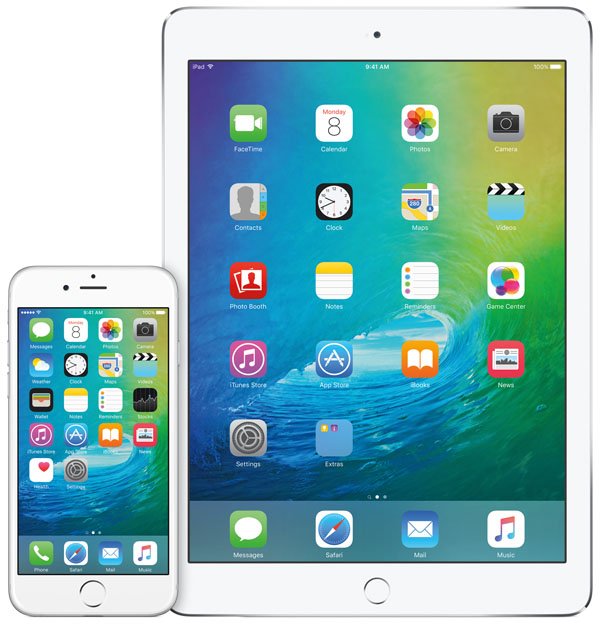
Apple has finally unveiled the much awaited iOS 9. This new soon to be launched operating system is more intelligent and packed with improved privacy and Siri features. The system also features new multi-tasking features that’s specifically designed to allow iPad users to simultaneously work with 2 apps, side-by-side.
The new iOS also comes with picture-in-picture feature that allows one to browse the web, compose an email, or use any other app while watching a video.
More so, the built-in apps become more powerful with this new operating system. You will therefore encounter a redesigned Notes app that allows for easy capturing of ideas, an all-new News app that allows for easy access and reading of the news, together with detailed transit information in Maps.
A detailed look into iOS 9 Features is available below:
Siri is Pre-loaded with an all new Super-Effective Design
Siri becomes more intelligent with iOS 9 as it provides for new ways to search videos and photos together with contextual reminders. Proactive assistance provides you with the most relevant info without compromising your own privacy. Your usage patterns allow iOS 9 to automatically suggest the apps to launch or the people to contact even before you start typing. You will also be notified when to leave for appointments, taking into account the traffic conditions at the time. Typed queries will deliver even more precise and accurate results than ever before.
Slide Over feature for your iPad
The Slide Over feature allows you to work on a second app without leaving the first with a simple swipe. A quick tap will give you access to the new Split View feature. The Picture-in-Picture feature allows you to continue watching a video or go on with your FaceTime call and still get to use your favorite apps. A new Shortcut Bar also provides for easier and faster typing.
More Support for the Built-in Apps
You now get even more support and functionality with the built-in apps. For instance, Maps features more precisely mapped subway station entrances and exits together with metropolitan schedules and transit systems. A Nearby feature in Maps will quickly find the nearest shopping mall or restaurant.
The Notes app is also completely redesigned to allow you to easily create checklists, draw a quick sketch with your finger, or snap a photo directly to your note. You can as well easily save important items from other apps directly to your note. Keep them synced across all devices using iCloud.
The News app on the other hand delivers a rich reading experience using an immersive design of a print magazine and the interactivity of digital media. The app will quickly learn your interest and suggest relevant content for you.
Apple Pay also receives support for Discover. It also issues rewards for merchant programs such as Kohl’s Department Stores and Walgreens. The Wallet app allows for easy management of store-issued debit and credit cards. Apple Pay will be available to UK users starting July, 2015.
Availability
The iOS 9 SDK and beta software are available for iOS Developer Program members. The beta program will be available for public use starting July, 2015. iOS 9 is however set to launch this fall as a free software update for iPad mini and later, iPad 2 and later, iPod touch 5th generation, and iPhone 4s and later. Some features may only be available for certain regions only.


 It is now official and will completely change the mobile and
It is now official and will completely change the mobile and  There is also car dock mode available for certain devices – placing a phone in a car dock activates a special mode (new user interface with, e.g. much larger iconography) that makes it easy to use the device at arm’s length.
There is also car dock mode available for certain devices – placing a phone in a car dock activates a special mode (new user interface with, e.g. much larger iconography) that makes it easy to use the device at arm’s length..jpg)



